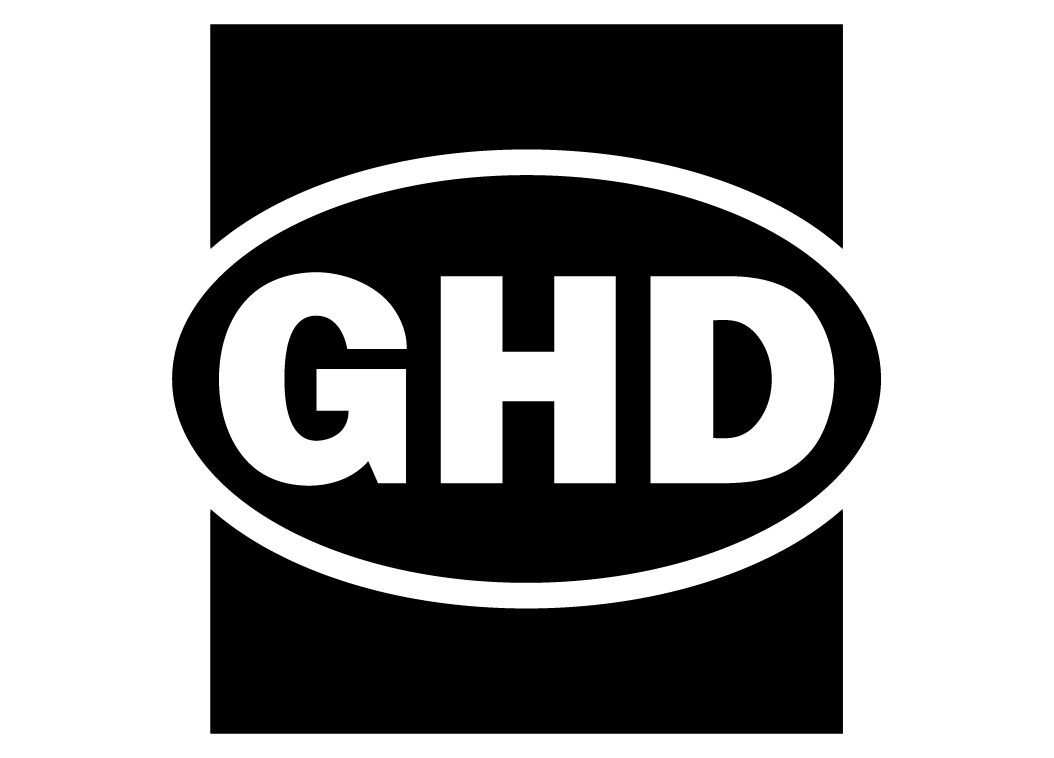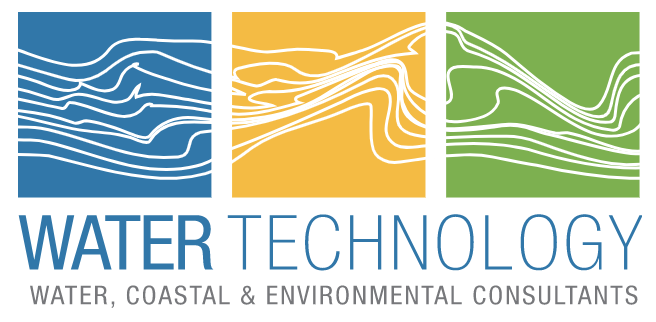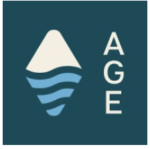The groundwater experts say that the NSW Government has so far appeared to ignore published scientific evidence on the Darling River floodplain resource by calling for tenders for the costly 270km-long pipeline from the Murray.
The large fresh groundwater resources in the River Darling floodplain close to Menindee were reported publically in 2013 as a sustainable, good quality water supply for Broken Hill after a three-year scientific study, the Broken Hill Managed Aquifer Recharge (BHMAR) project, led by Geoscience Australia with input from CSIRO.
A recent groundwater investigation report on NSW Department of Primary Industries Water website states “The BHMAR project investigation focused on the identification of a managed aquifer recharge scheme in the investigation area known as GWR3 or Jimargil. This area was selected as the most suitable area for a managed aquifer recharge scheme due to the thickness of sands in the Calivil Formation, an overlying confining clay layer and suitable water quality characteristics. The site is about 15 kilometres to the south of weir 32 on the eastern side of the Darling River adjacent to Lake Emu.”
However the report goes on to only describe an investigation 20km away on the north eastern side of Lake Menindee in a much deeper aquifer containing saline groundwater that would require desalination if it was to be used as a drinking water supply. There is no explanation of why the Jimargil site, now called Talyawalka, was not considered. It would seem to meet the four claimed criteria; security, service level, water quality and cost, comparably or significantly better than the proposed Murray pipeline.

























